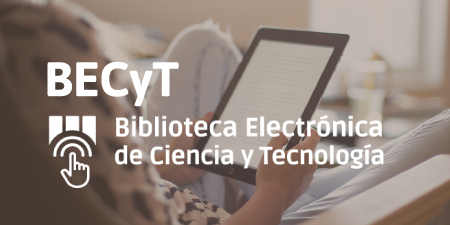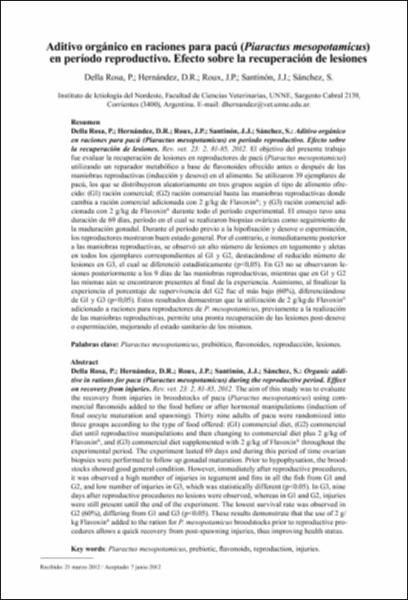Buscar
Mostrando ítems 1-4 de 4
Aditivo orgánico en raciones para pacú (piaractus mesopotamicus) en período reproductivo. Efecto sobre la recuperación de lesionesOrganic additive in rations for pacu (piaractus mesopotamicus) during the reproductive period. Effect on recovery from injuries
(Universidad Nacional del Nordeste. Facultad de Ciencias VeterinariasRevista Veterinaria, 2012-08-01)
El objetivo del presente trabajo fue evaluar la recuperación de lesiones en reproductores de pacú (Piaractus mesopotamicus) utilizando un reparador metabólico a base de flavonoides ofrecido antes o después de las maniobras ...
Growth, survival and bone alterations in Piaractus mesopotamicus larvae under different rearing protocols
(Universidade Federal de Santa Maria, 2015-09)
The pacu (Piaractus mesopotamicus) is a neotropical
freshwater fish. It is one of the most important species farmed in
areas of the Parana and Paraguay Rivers basins. The effects of
different rearing protocols on growth, ...
Isolation and selection of potentially beneficial autochthonous bacteria for Piaractus mesopotamicus aquaculture activities
(Elsevier, 2015)
Piaractus mesopotamicus is the most produced specie in Argentinian fish culture with an annual production of 2,017 tons. The high demands of specimens generated a deficit of larvae, juveniles and sexually mature adults. ...
In vivo evaluation of indigenous enterococci strains on biometrical parameters of piaractus mesopotamicus embryos and larvae
(Aqua Publisher, 2016)
The use of autochthonous microorganisms as probiotics is a novel and promising alternative for the preventive application
of antibiotics. Lactic acid bacteria (LAB) are one of the most successfully microorganisms used as ...







